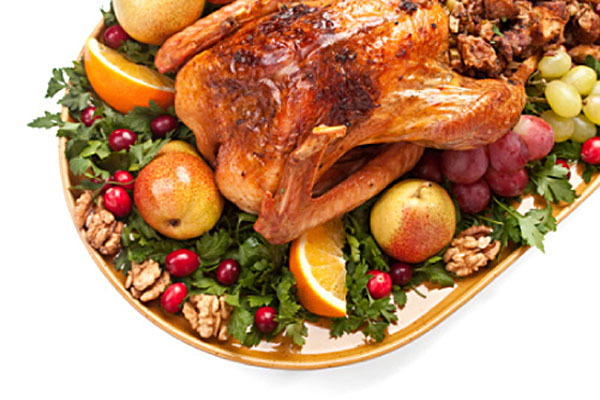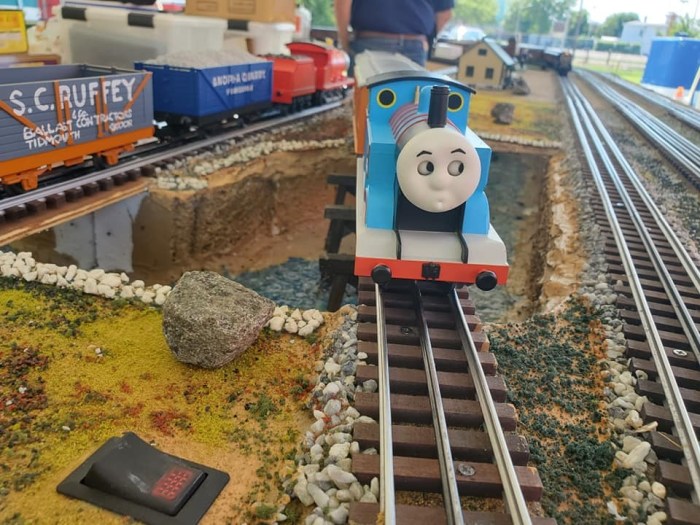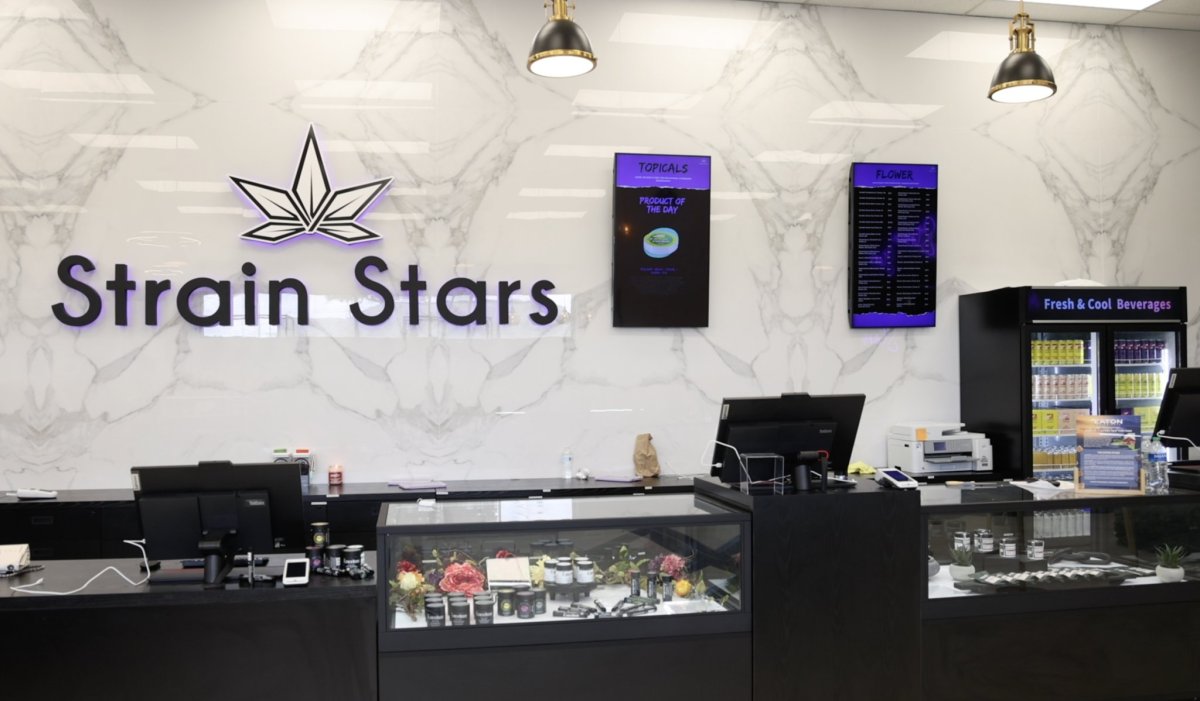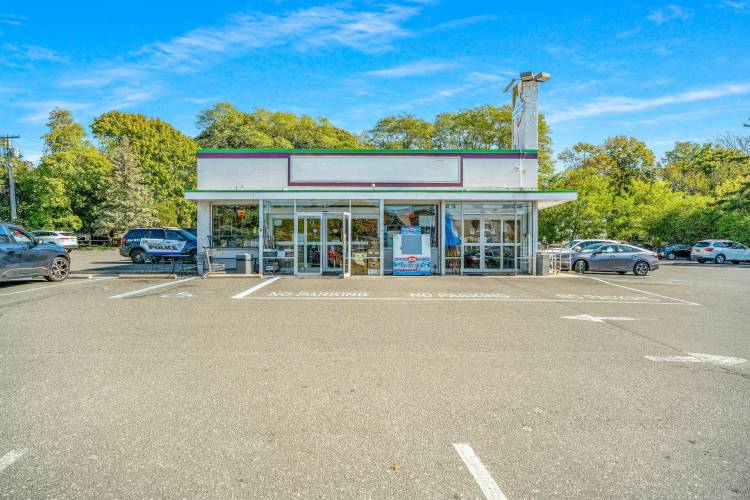
Have you ever seen a hummingbird feeding in your garden? I have and it is a fascinating sight. I knew very little about these incredible birds until I saw one practically disappear into my red Canna lilies. Its wings were a blur, beating at an incredible number of beats per second.
 Hummingbirds have 3-inch bodies weighing less than an ounce, which causes them to eat half their body weight every day. Their nickname of “the flying jewels” is due to their colorful, iridescent feathers. The acrobats of the bird world, they fly in any direction and hover while they sip nectar from the thousands of colorful flowers.
Hummingbirds have 3-inch bodies weighing less than an ounce, which causes them to eat half their body weight every day. Their nickname of “the flying jewels” is due to their colorful, iridescent feathers. The acrobats of the bird world, they fly in any direction and hover while they sip nectar from the thousands of colorful flowers.
Hummingbirds need food, shelter, shade, water and security. Therefore, our gardens, which are filled with trees, shrubs, flowers and vines, easily can meet their needs. All we need to add is a fountain, a sprinkler or even a small bird bath.

What do hummingbirds look for? Since they do not rely on their sense of smell but instead rely on their vision, bright, vivid colors are a magnet for them. If we add bright color (especially red) and showy flowers, with tube shaped blossoms, we can attract these tiny wonders. Providing them with lots of nectar in early flowering shrubs such as quince and azalea will invite them into our gardens, thus encouraging them to stay the season.
A successful hummingbird garden provides nectar from many different sources beginning in May and continuing through to the first frost. Review the bloom times of flowers within your garden and then add a few species that will extend your offerings. Bird Watchers Digest suggests that you add native plant species to your garden since these plants offer the most reliable and the richest source of good nectar. Many gardeners put out hummingbird feeders filled with plain, clear sugar water to draw hummers into their yards. I prefer to use plants and flowers to invite them into my garden.
Hummingbirds are not particular if the flower is attached to a bulb, biennial, annual, perennial, vine, shrub or a tree as long as it provides nectar. Therefore, in order to spread out the availability of food for these birds, growing a wide assortment of flowering plants such as azalea, lilac, rhododendron and blueberry at various, overlapping bloom times provides for these amazing birds. The bonus is that in doing so, you would also be feeding other pollinators such as bees and butterflies during the entire season.

I have found that taller rather than shorter plants seem to give hummingbirds the sense of security they desire. Providing vertical plants such as vines and other climbing plants will attract their attention and satisfy their wariness. Also, planting flowers in clusters will allow the hummers access from many sides to obtain an abundance of nectar.
Two notes of warning. Trumpet Vine is often mentioned as a favorite of hummers, but it suckers and throws up runners. It is considered invasive and once planted, it can be difficult to remove. The second is to refrain from using pesticides and herbicides, as they can kill our birds and their hatchlings—this has been noted by researchers who have found these chemicals in flower nectars.
The Long Island Horticultural Society meets on Sunday afternoon at 1 p.m. in the conference center at Planting Fields Arboretum in Oyster Bay. The next educational meeting will be held in the Planting Fields Conference Center on May 28. The speaker is Bill Barash, curator of the Planting Fields Italian Pool Garden. His topic will be “Planting Fields from the Inside.” For more information, go to www.lihort.org.





























